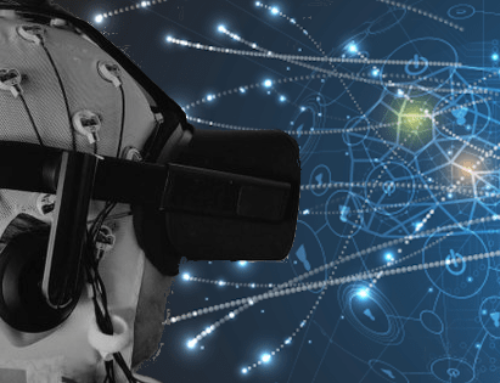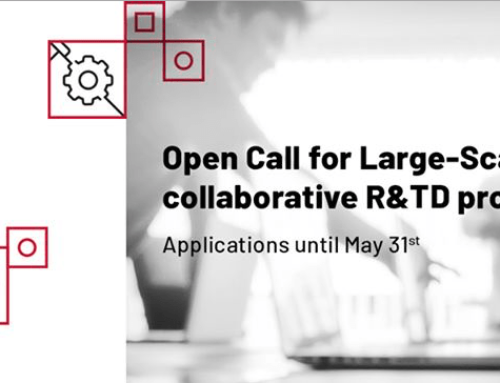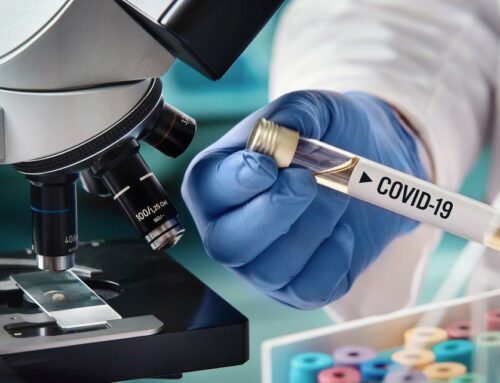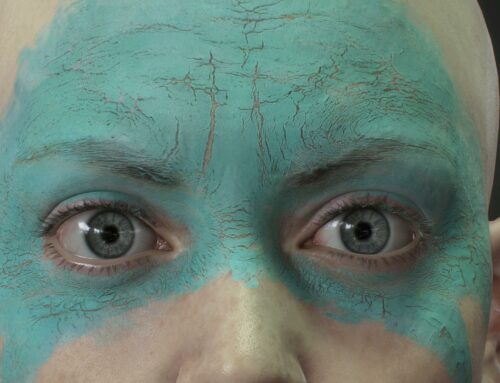Skip to content
FUSION vehicle merges academia and the industry
Aimed at the world market, FUSION is an innovative underwater vehicle produced by SRS (Strategic Robot Systems) together with several companies that develop its specialized parts. But its a team from ISR that is responsible for the development of its system of navigation and control, the equivalent to the “intelligence” of the miniaturized submarine, that can be operated in inhospitable and inaccessible places.
“The purpose of FUSION is to be as accessible to a kid who never piloted this sort of vehicle, as to a military officer in the same situation. So the user should be able to operate it autonomously and without much worry. With drones and aerial vehicles, you need it to be able to stabilize even with big amounts of air resistance so that there’s no special training or skill required to fly it. FUSION aims to do the same with a submersible.”
ISR Researcher Miguel Ribeiro explained how working specifically with the industry in mind can require different challenges to the ones of solely academic projects.
“Underwater the electromagnetic spectrum doesn’t propagate very well at all, so GPS or Wi Fi fail only a few meters below water. That’s why we use sonars that emit high-frequency sounds instead and in that way manage to calculate distances, from the time it takes for the sound to reach the sensor back.” In this specific project ISR’s contribution seems to be of remarkable value. specifically because of its history and body of work in the field. “In the latest years, all the algorithms and techniques perfected have proven to be useful when creating every new vehicle. Of course you need to adapt to a new system, which is always an interesting challenge, but we use a lot of what was previously developed.”
Something that makes FUSION a revolutionary asset to the market is the fact that it can be operated either remotely (Remotely Operated Vehicle, ROV) or without a cable (Autonomous Underwater Vehicle, AUV). Currently, it’s preferable to use an AUV to take input and identify points of interest from an extensive area, so that it’s not necessary to deal with the cable and follow the vehicle with a ship. It’s usually after that that a ROV vehicle is used to further investigate those points and explore other angles, take samples or even send in a diver. With this alternating characteristic, the vehicle becomes much cheaper and effective, because it’s all in the same system and interface. This offers a great advantage to clients like the marine forces, oceanography institutes or entities who do inspections of underwater structures.”FUSION aims to use the sonars and cameras to allow the robot to follow paths that weren’t previously determined. For vehicles of this kind to react to factors like the ups and downs of the ocean bottom is something we control relatively easily because it’s one single process. But a sonar requires much greater amounts of information processing, in real time and with a tiny processor inside the vehicle it’s a very challenging goal for the future.”
For ISR, the work on FUSION started in January 2017 and the projects’ first stage is currently wrapping up. Recently the technology has been tested at a tank in Jardim do Cabeço das Rolas, one of the hotspots for technological rehearsals and a part of the Lisbon Robotics platform. Designed together with the city hall and several partners to empower important actors connected to the city and with robotics, its special characteristics related to water visibility and light are very useful to the researchers.
Jesse Rodocker, the President of SRS was present at some of those tests in Lisbon and explained how this partnership came to be:
“The relationship with IST/ISR-Lisboa began many years ago through the introduction of a mutual college – Marcus Cardew. In speaking with Marcus I asked his advice in seeking assistance in developing an exceptional control/navigation system for a new project. Marcus, without hesitation recommended IST/ISR-Lisboa. Over the years I have had the pleasure of working with the team of Dr. Antonio Pascoal and believe that I truly made the best decision. The team and I work well together with our different areas of expertise and collaborative effort is resulting in a better system.”
In terms of goals for the future Jesse seems to think that this relationship has room to grow: “I have a perfectionist attitude that is seeking to provide the world with a disruptive underwater vehicle. The FUSION is a unique and fresh approach to providing a solution to the global demand. One aspect that enables the success is the close relationship of all key teams, of which IST/ISR-Lisboa is critical. I see the future with SRS and IST/ISR-Lisboa only growing as we all seek to make FUSION an exceptional product.”
Share This Story, Choose Your Platform!






